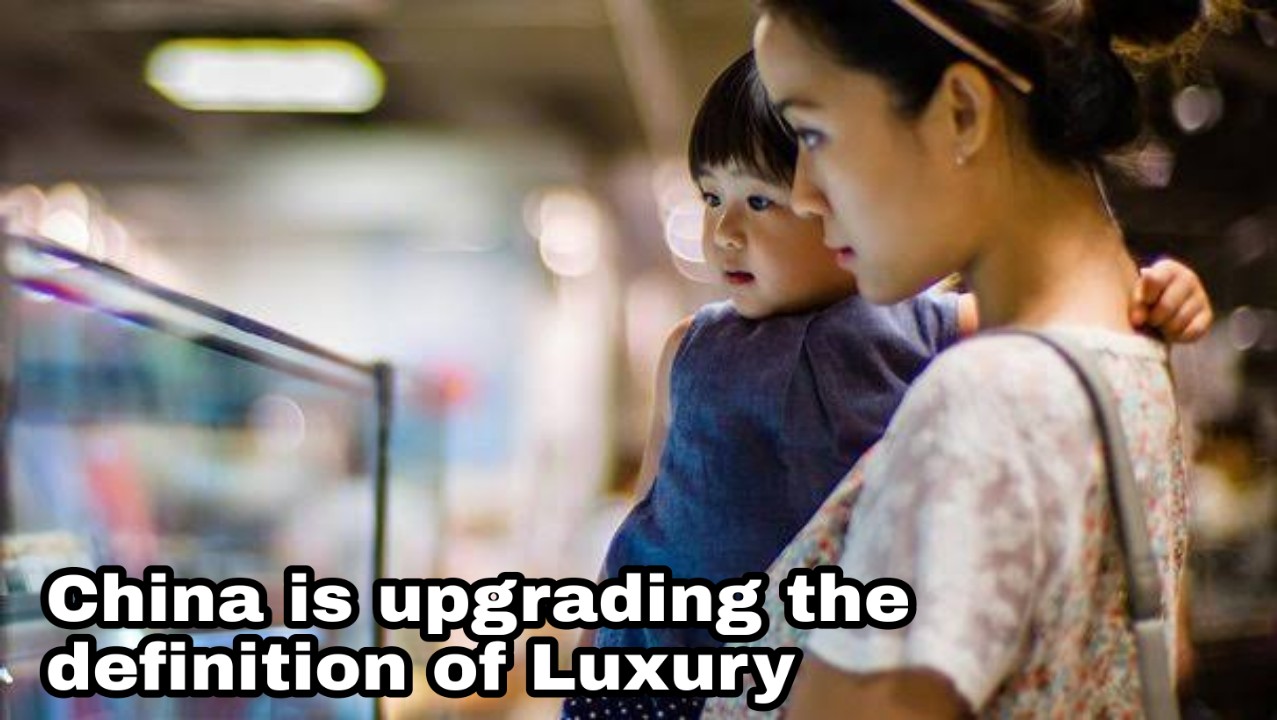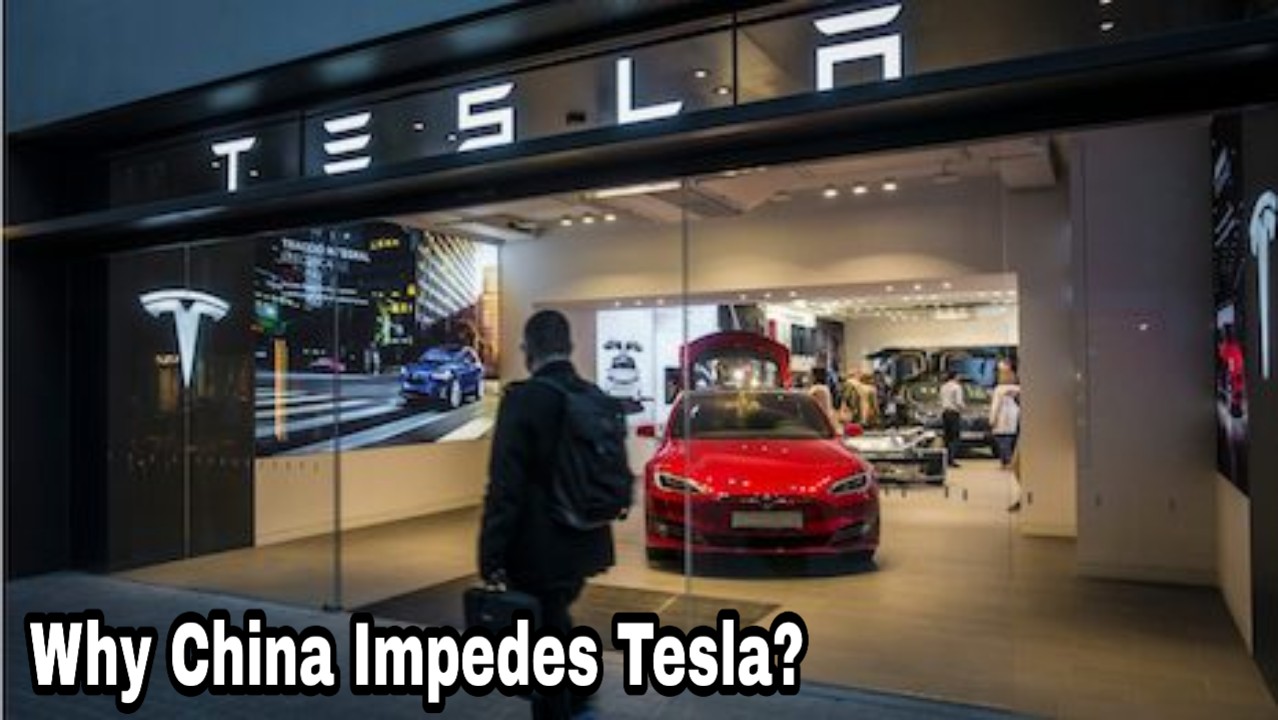Is Raising Price By Luxury Brands A Great Idea?
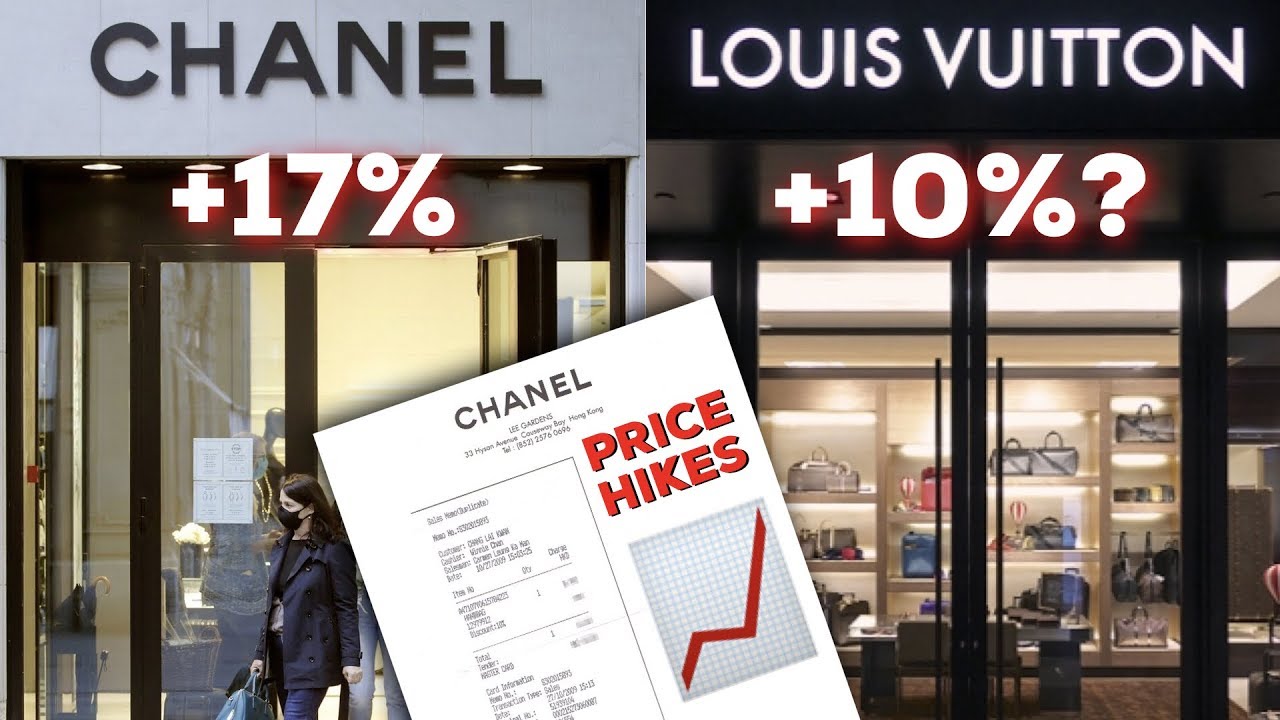
These price hikes are nothing new in the world of luxury goods. Many brands raise their prices every year, some even twice a year. In the global COVID-19 pandemic, rather than offering discounts, high-end brands like Chanel, Louis Vuitton etc. are asking even more for their products. Growing income and wealth inequality have allowed European luxury brands to raise prices at about double the rate of other consumer goods categories.
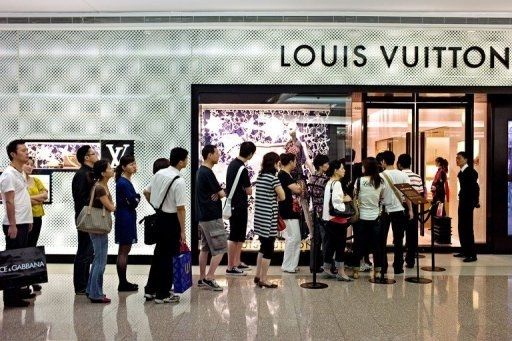
It has always been the objective of luxury brands to manage their pricing strategies in a way that supports their brand equity, product desirability and bottom lines. Luxury companies traditionally consider price increases as the most profitable lever - while scarcity, for example, does not increase margins - to protect and boost the perceived exclusivity of their products, but they also face the risk of sales loss when these pricing actions are not successfully executed.
Even in normal times, that's not ideal for eager customers who may have scrimped for months to save up a few thousand euros so that they can own one of these status symbols. But these price hikes seem even more problematic in the context of the coronavirus pandemic, when countries across the world are seeing mass redundancies, salary reductions and companies in dire financial straits. And yet, companies are pointing to the pandemic as the reason why prices are rising. It has caused severe financial difficulties for the industry as a whole, and individual brands are trying to balance out their losses.
Read More: Luxury Brand Spend Trend In 2020
It is not a surprise that brands like Chanel, Louis Vuitton, Hermès and Dior, whose handbags are products that are considered iconic and perceived by consumers as investment pieces, can be bolder in increasing prices to protect their margin. But not all companies have such strong brand positioning and therefore cannot raise their prices so easily.
In fact, when customers see prices go up for products that are not iconic and top-of-mind and begin to compare those products to others that are traditionally at a higher price point, a price increase can just result in a big loss of sales. For instance, when Prada decided to significantly augment the price of its Galleria bags some years ago in an attempt to elevate its leather goods positioning, it moved a product that was already mature in its life cycle into a field of comparison with products from other brands that had higher traction at that particular moment like Dior, Bottega Veneta and Chanel. Needless to say, the price increase was not something the consumer was willing to pay for.
Brands should always aim for consistency within their pricing architecture. On one hand, companies have to execute differentiated price increases for each product according to its desirability vis-à-vis competitors and the demand environment. On the other hand, companies should be mindful not to overshoot the pricing power of their iconic bestsellers, in order to avoid an uneven and inconsistent price architecture in their product portfolio.



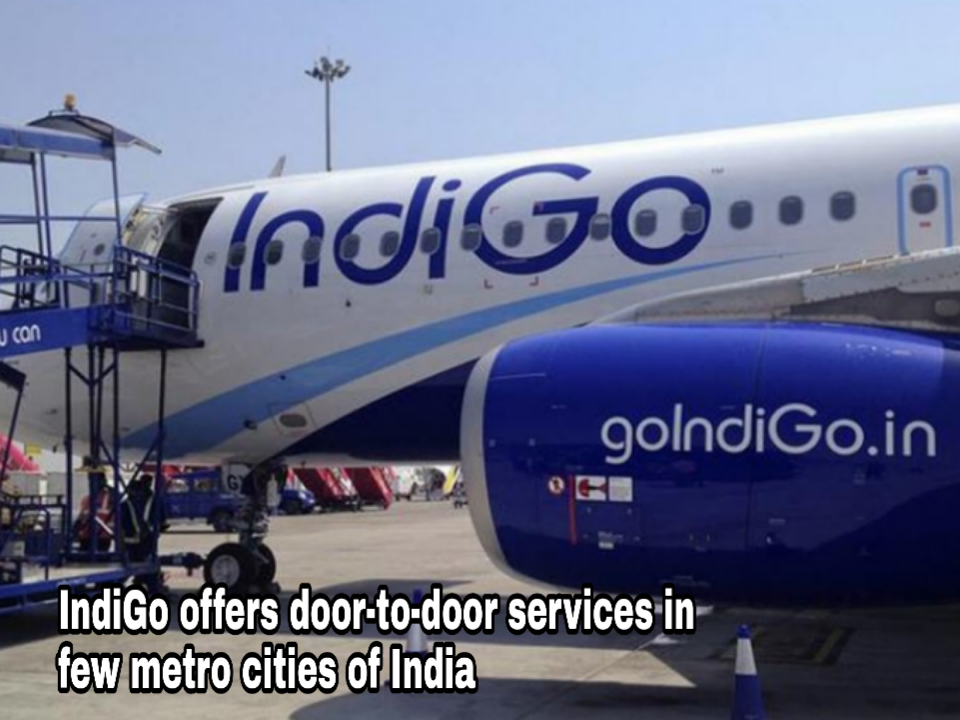


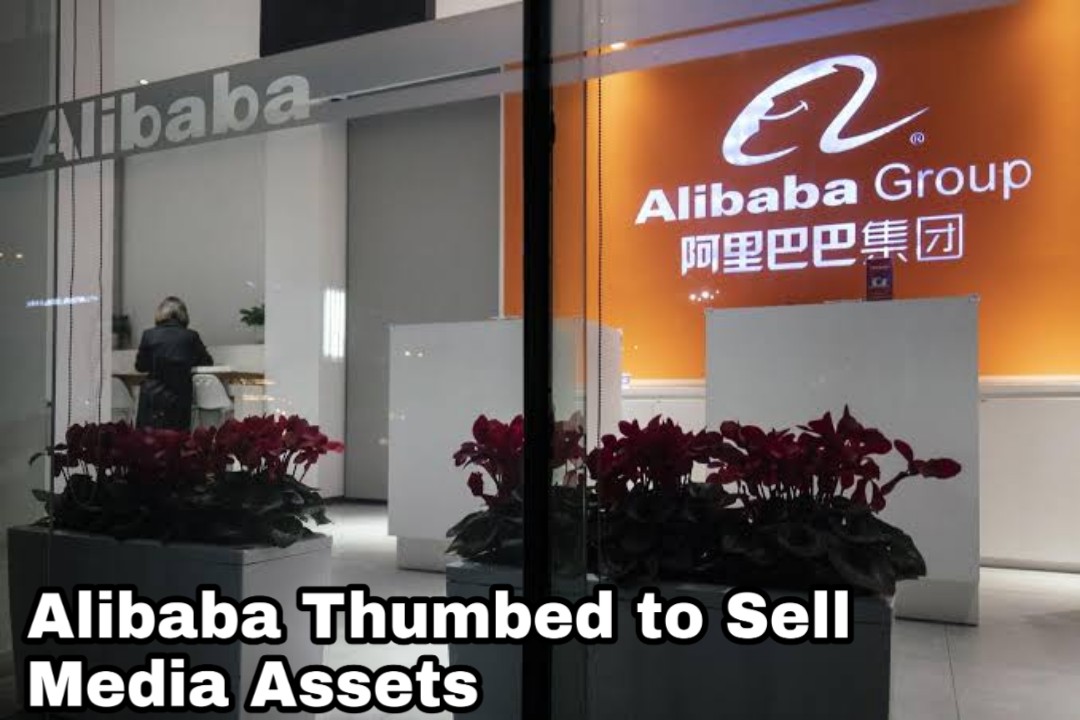
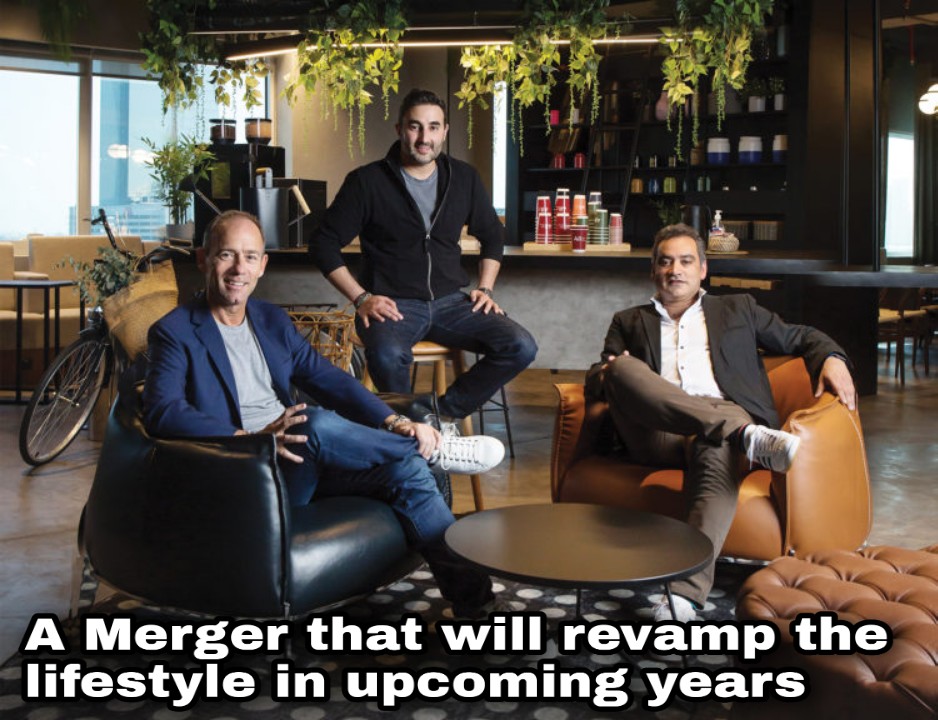

.jpg)
